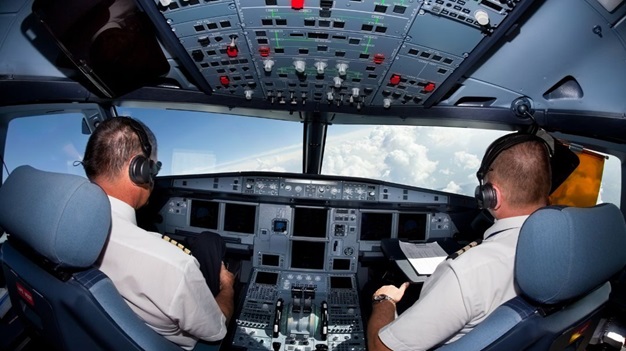West & Central Africa’s aviation sector faces fragmented regulations, limited intra-African routes, aging infrastructure, and some of the world’s highest operating costs— holding back a region with massive growth potential. With passenger demand projected to more than double by 2040, the need for a dedicated platform to tackle these challenges has never been greater - AeroWest 2026 is that platform— bringing leaders together to turn problems into solutions and opportunities into action.
WHY AEROWEST?
UNCLOCKING AVIATION ASSETS
The two regions account for nearly one-third of Africa’s population, yet capture less than 15% of the continent’s total air traffic. While East and Southern Africa have made strides in connectivity and airline growth, this region still faces high operating costs, fragmented regulations, underdeveloped infrastructure, and limited intra-African routes. With passenger traffic projected to exceed 110 million by 2040, the gap between potential and performance is too wide to ignore.
AeroWest 2026 was created to close that gap, bringing together airlines, OEMs, regulators, investors, and policymakers to confront challenges head-on, unlock billions in required infrastructure and fleet investments, and design a stronger, more connected aviation ecosystem. This is the platform where data turns into dialogue, and dialogue into action.
The summit would focus on several key areas:
Connectivity: Poor inter-regional connections hinder economic integration and limit access to markets. Many countries lack direct flights to neighboring states, forcing travelers to route through distant hubs, leading to longer travel times and higher costs. A summit could help foster regional partnerships and strategies for improved connectivity.
Funding and Financial Models: Limited funding options and high borrowing costs constrain growth and maintenance of the aviation sector in the region. Bringing financial institutions, governments, and industry stakeholders together can open discussions on alternative financing mechanisms, public-private partnerships, and international investment opportunities.
Human Capital Development: The region faces a shortage of skilled aviation professionals due to limited training facilities and opportunities. A summit can highlight capacity-building initiatives and partnerships with established global aviation academies, creating a blueprint for sustainable human capital development.
Safety and Standards: Safety records in West & Central Africa have been a concern, affecting the region’s reputation and passenger confidence. The summit could set a platform for regulatory bodies to collaborate on safety protocols, technical support, and best practices.
Leasing and Insurance: Due to perceived risks, aircraft leasing and insurance costs are disproportionately high, making it difficult for local carriers to expand or maintain fleets. The summit would allow airlines and financial experts to explore risk-reduction strategies and more favorable leasing and insurance frameworks.
Regulatory and Policy Harmonization: Inconsistent policies and fragmented regulations make cross-border operations challenging. Establishing a unified regulatory framework could streamline processes, reduce bureaucratic delays, and encourage foreign investment.
Infrastructure Development: Many airports lack modern facilities, and air navigation infrastructure is outdated, which hinders safe and efficient operations. The summit would offer a forum to discuss investment in airport modernization, technology upgrades, and sustainable infrastructure.
By addressing these issues, the summit could catalyze economic development, facilitate regional integration, and position West & Central Africa as a competitive aviation hub in the global landscape. This unified approach can unlock immense potential, driving economic growth, enhancing tourism, and providing new opportunities for millions across the region.




